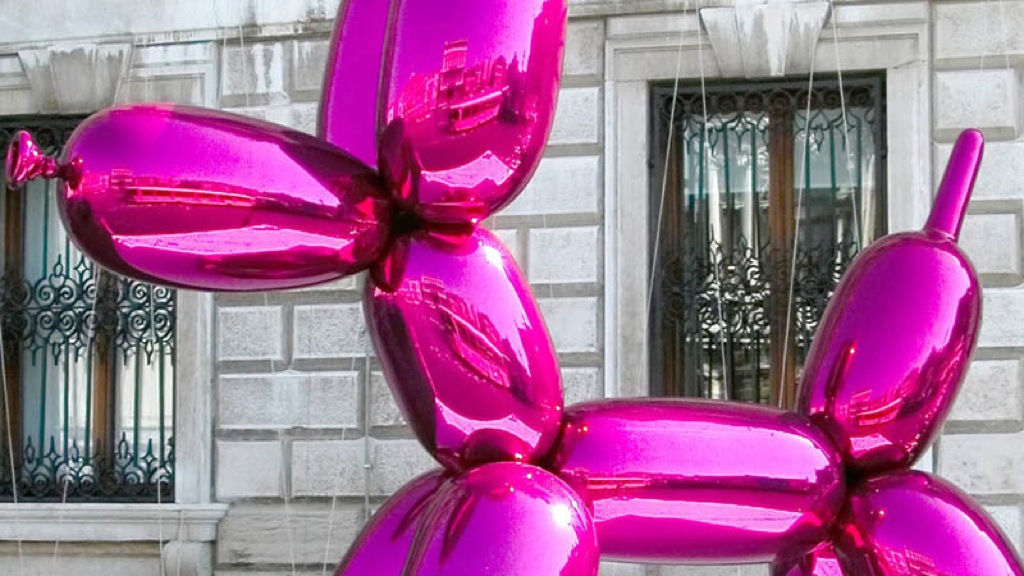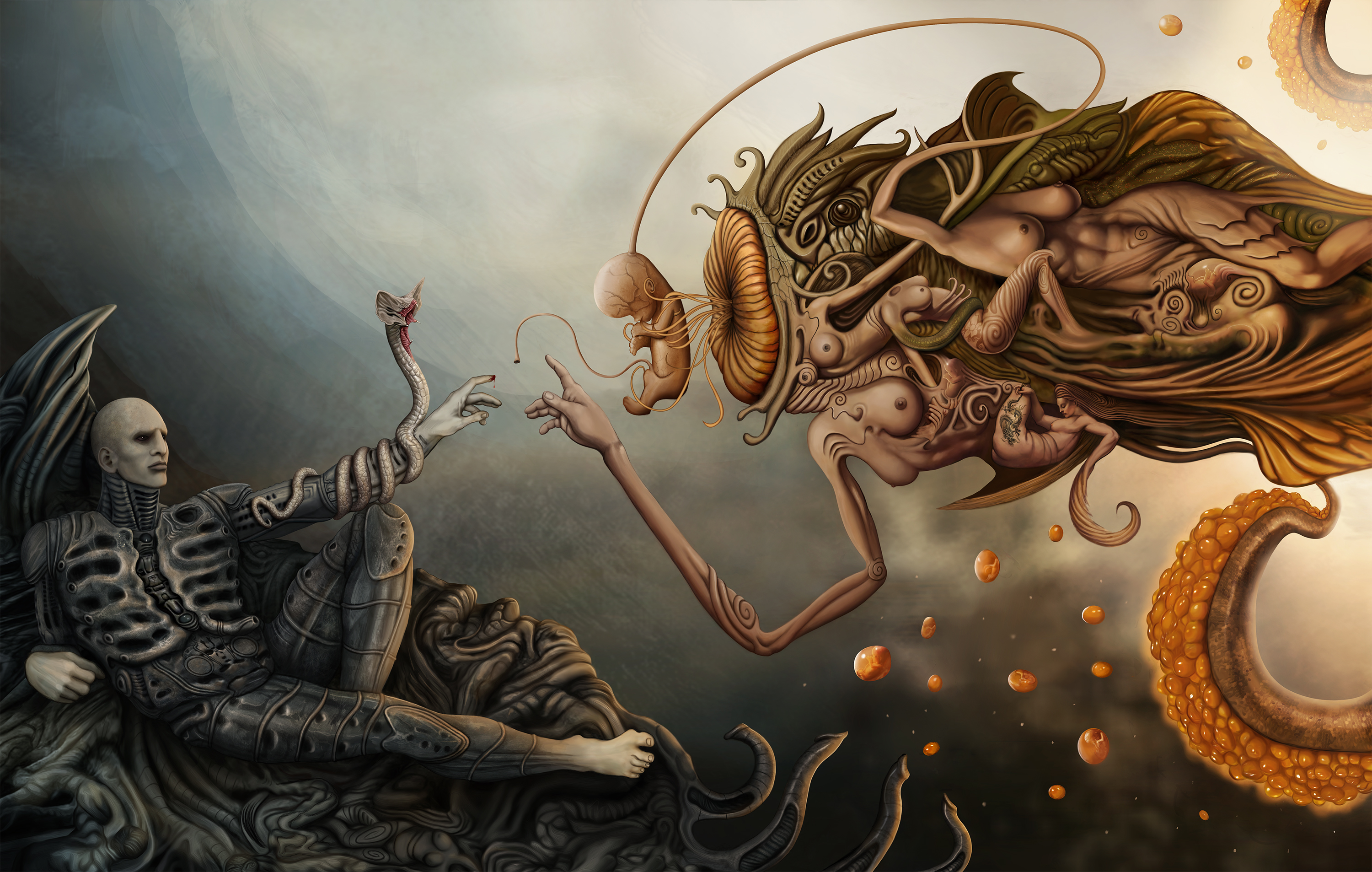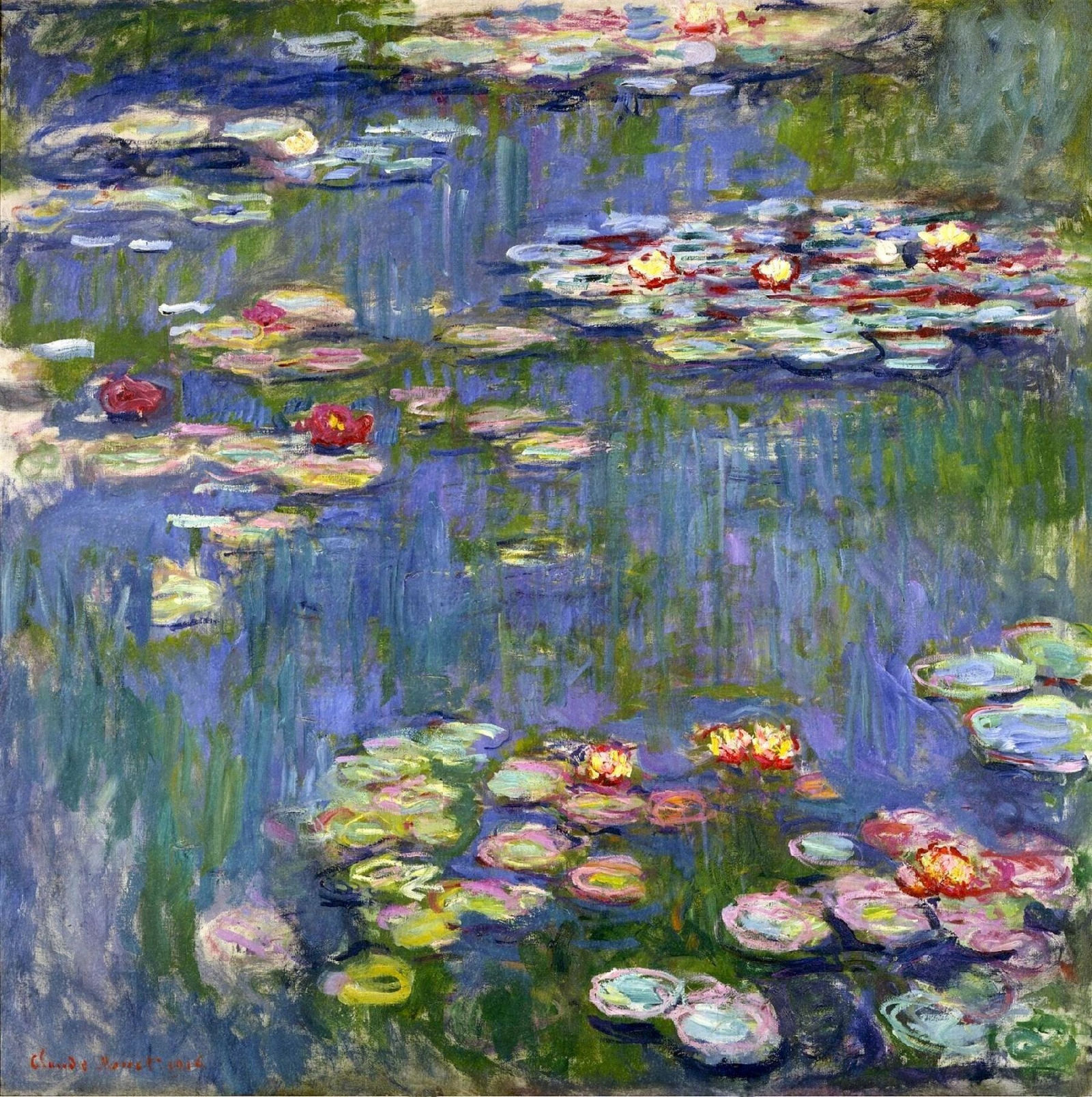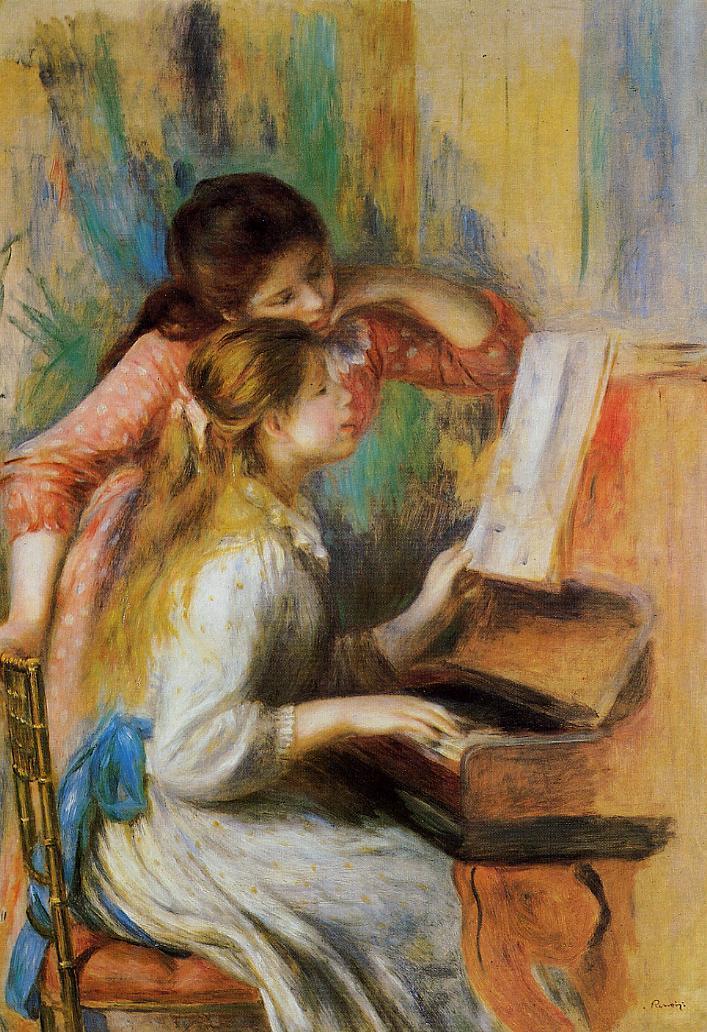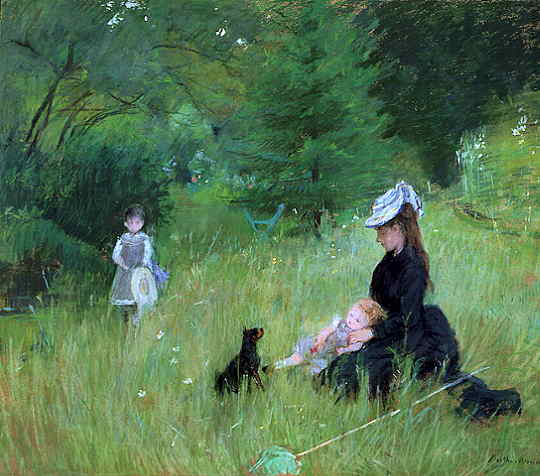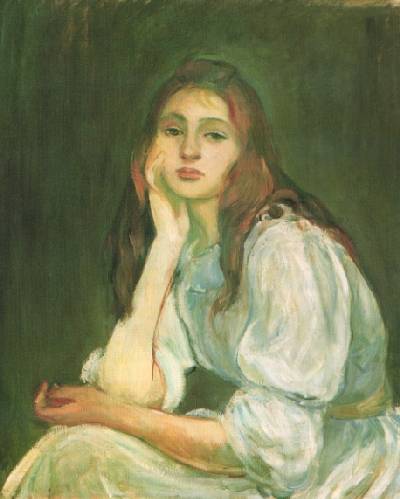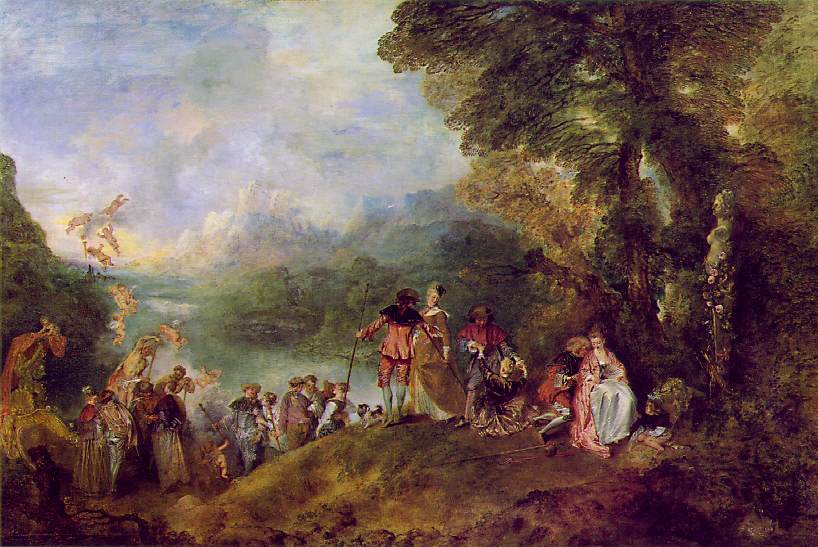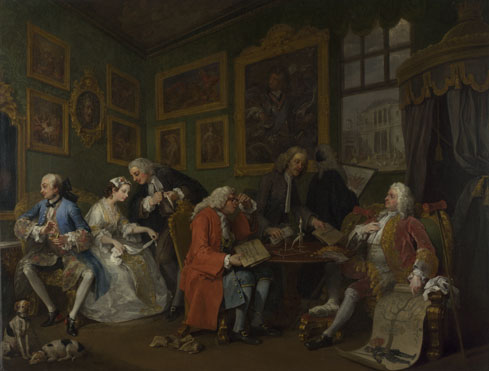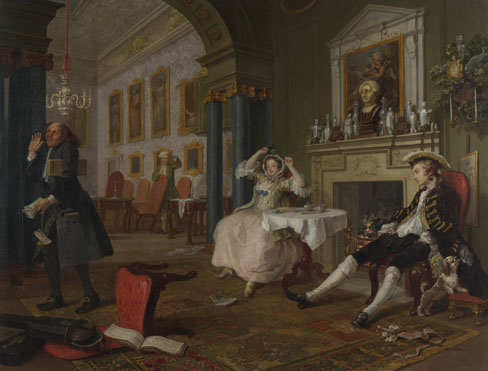Life exists for the love of music or beautiful things.
-G.K. Chesterton
Art takes on so many forms. It morphs onto surfaces which become a backdrop for everyday life. It can be hard to imagine walking past such beauty and detail and effort and paying no notice, but after the third, tenth, hundredth, three hundredth time, people do. Though to every newcomer, every tourist, and every person seeing such works for the first time, it is astounding. Especially when juxtaposed with the very people who walk by, seemingly indifferent.
In the photo below, there is an interesting contrast between the inviting dancer, and the modest Muslim woman walking past.
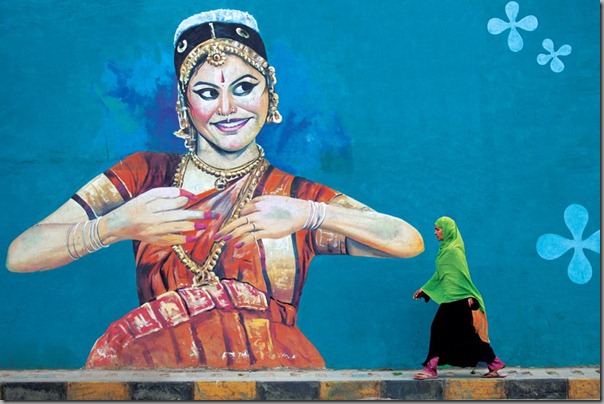 |
| "Street Art of India" Photo by Shanavas Bangalore, India |
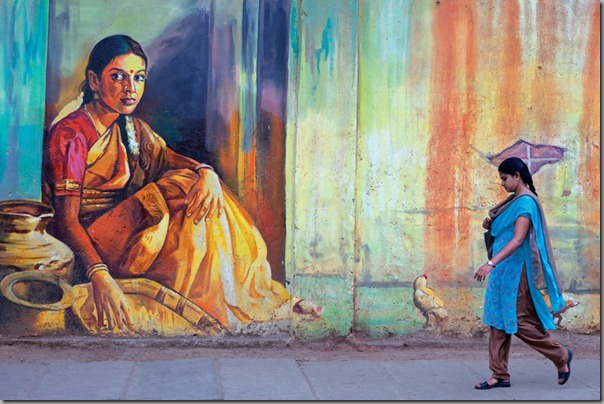 |
| "Street Art of India" Photo by Shanavas Bangalore, India |
Above, a lady passes the artful portrayal of a similar female, sitting on the floor in what was a traditional style kitchen with a grain sifter and clay water pots. Adorned in the painted woman's hair is a garland of fragrant jasmine
flowers called a 'Gajra' (a typical gift from a husband to a wife). The mural woman picks each impurity out of her grain, just as the live woman chooses her next steps with care. We can imagine the modern woman going home to her own kitchen to prepare the next meal for her family with upgraded appliances, but the same ingredients.
Here we see a young girl who, at a very quick glance appears to be fearless in the face of a giant snarling tiger. She nonchalantly removes something from her eye as she passes the mural for the who-knows-how-many-ith time, perhaps on her way to or from school. I like this mural particularly because it reminds us of the connection we have to the natural world, and our effect on it. Especially for those of us dwelling in (most) cities, it is easy to be consumed by urban culture and forget that frogs and tigers and monkeys share the land with us.
I am happy to have discovered Shanavas and his work, and it certainly opens up an entire other perspective on the world that I hadn't seen before.
His bio states, "My photography is about exploring life. And it is indeed difficult to classify one’s style into silos when it is all about life. When I travel, walk about, read a book or watch a movie, compositions and frames flash before me. I believe that our everyday life is a series of frames stitched together by the thread of time; some mundane, some interesting and some rather extraordinary.
I am passionate about people photography – everyone has a story that is untold and submerged by the daily struggle for existence. Tradition, culture and communities fascinate me. My travel to unexplored corners of the earth captures the pure intensity of nature and how it influences the life of the local people. Out there on the streets and in public places, it is about capturing those instant possibilities thrown up by a combination of chance, an inquisitive mind and a camera at hand.
Chance, mind, and camera – well, that defines my take on photography."(2)
I fell in love with the photographs of Ladakh that Shanavas has taken. I find them to be simply exquisite, a real reflection of the power of the photograph as a medium of art.
These are taken directly from his Facebook page, which I encourage you to visit : https://www.facebook.com/ShanavasPhotography/photos_stream?ref=page_internal
In a completely different style, now we see the work of Arvind Kolapkar, a contemporary Indian artist. I was quite stricken by his works, and what stands out to me is the repetitive use of the same colors. He seems to choose a color on which to base a 'theme' in each of his paintings, and so several paintings will feature bright blue, or vermillion or both. If I were to purchase any art, it would definitely be one of Kolapkar's pieces. I find them astoundingly beautiful both in forms and values- the subject subtly sensual and serene.
I was unable to find the titles or dates of completion for any of these works, but all of the websites I looked at featuring his work lacked the same, so I am inclined to think that perhaps he did not tend to title.
"Born in 1975 in Ahmednagar, Maharashtra, Arvind Kolapkar’s works are bright, happy expressions of joyous unions. In most of his paintings, one observes an amorous couple or groups of friends enjoying each other’s company, giving his work the appearance of a tribute to the relationships that people share. A flute is a constant motif, appearing in almost all of his canvases, provoking one to make references to the mythical Krishna and his idyllic world of joy. Not experimenting greatly with the medium or the form, Kolapkar’s acrylics on canvas can be easily identified by the bright use of a single background colour; slender, elongated women in black with coloured foreheads and noses; and the presence of a flute."(1)
Despite the fact that he 'doesn't experiment greatly with the medium or form', Kolapkar's paintings have an irresistible pull. The transparent layers, contrast of shapes, contrast of color and light all combine to give the works a luminous warm glow. I just love them!
Lastly, a sample of the work from Thota Vaikuntam:
 |
| "Street Art of India" Photo by Shanavas Bangalore, India |
I am happy to have discovered Shanavas and his work, and it certainly opens up an entire other perspective on the world that I hadn't seen before.
His bio states, "My photography is about exploring life. And it is indeed difficult to classify one’s style into silos when it is all about life. When I travel, walk about, read a book or watch a movie, compositions and frames flash before me. I believe that our everyday life is a series of frames stitched together by the thread of time; some mundane, some interesting and some rather extraordinary.
I am passionate about people photography – everyone has a story that is untold and submerged by the daily struggle for existence. Tradition, culture and communities fascinate me. My travel to unexplored corners of the earth captures the pure intensity of nature and how it influences the life of the local people. Out there on the streets and in public places, it is about capturing those instant possibilities thrown up by a combination of chance, an inquisitive mind and a camera at hand.
Chance, mind, and camera – well, that defines my take on photography."(2)
I fell in love with the photographs of Ladakh that Shanavas has taken. I find them to be simply exquisite, a real reflection of the power of the photograph as a medium of art.
These are taken directly from his Facebook page, which I encourage you to visit : https://www.facebook.com/ShanavasPhotography/photos_stream?ref=page_internal
 |
| "Where the Ponies Roam" By Shanavas Ladakh, India |
 |
| "Where the Ponies Roam" By Shanavas Ladakh, India |
In a completely different style, now we see the work of Arvind Kolapkar, a contemporary Indian artist. I was quite stricken by his works, and what stands out to me is the repetitive use of the same colors. He seems to choose a color on which to base a 'theme' in each of his paintings, and so several paintings will feature bright blue, or vermillion or both. If I were to purchase any art, it would definitely be one of Kolapkar's pieces. I find them astoundingly beautiful both in forms and values- the subject subtly sensual and serene.
 |
| Arvind Kolapkar, India |
.jpg) |
| Arvind Kolapkar, India |
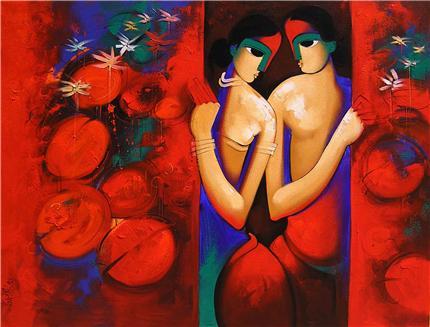.jpeg) |
| Arvind Kolapkar, India |
 |
| Arvind Kolapkar, India |
"Born in 1975 in Ahmednagar, Maharashtra, Arvind Kolapkar’s works are bright, happy expressions of joyous unions. In most of his paintings, one observes an amorous couple or groups of friends enjoying each other’s company, giving his work the appearance of a tribute to the relationships that people share. A flute is a constant motif, appearing in almost all of his canvases, provoking one to make references to the mythical Krishna and his idyllic world of joy. Not experimenting greatly with the medium or the form, Kolapkar’s acrylics on canvas can be easily identified by the bright use of a single background colour; slender, elongated women in black with coloured foreheads and noses; and the presence of a flute."(1)
Despite the fact that he 'doesn't experiment greatly with the medium or form', Kolapkar's paintings have an irresistible pull. The transparent layers, contrast of shapes, contrast of color and light all combine to give the works a luminous warm glow. I just love them!
Lastly, a sample of the work from Thota Vaikuntam:
 |
| "Untitled" Thota Vaikuntam, Andhra Pradesh, India |
I was quite drawn to
Thota Vaikuntam's vivid colors and contemporary style. There is an
obvious Indian overtone, but the representation of his subjects is very
different from traditional Indian art.
"T. Vaikuntam draws a lot of inspiration for his work from the rural
areas of the state of Andhra Pradesh. The men and women of his village
have often been depicted particularly the Telangana women. He uses only
primary colors usually in tempera and watercolor, on paper. The love for
this subject can be traced back to his childhood, when he was
fascinated by the impersonations of women characters by male artists of
the theater groups that performed in his village." (3)
 |
| "Carpet" by Thota Vaikuntam, Andhra Pradesh, India |
-Acrylic%20On%20Canvas.jpg) |
| "Untitled" by Thota Vaikuntam, Andhra Pradesh, India |
Many of Thota
Vaikuntam's pieces remain untitled, perhaps for cultural reasons. I love
the use of bold primary colors and fluid lines as well as the
representation of traditional clothes and patterns. I also noticed that
all of the women are shown with the red-dyed fingers of mendhi, or
henna. The ornateness of the everyday dress is well shown here, and many
of his paintings sell for hundreds of U.S. dollars apiece. Born in
1942, Vaikuntam studied at the College of Fine Arts in Hyderabad, India.
He later went on to study painting and printmaking at the Faculty of Fine Arts, Maharaja Sayajirao University of Baroda in India.
He was an avid observer of his fellow humans, and said, "I love a woman’s form and beauty. Their rustic simplicity holds enormous charm for me.
I feel immense joy and happiness when I am with them”.(4)
I feel immense joy and happiness when I am with them”.(4)
Though uniquely his own, Vaikuntam's art well represents his country and its rich culture and heritage.
"Thota Vaikuntam, senior Indian artist of international acclaim, is
famed for his acrylic and mixed media portraits of the Telangana man and
woman of South India.
Vaikuntam has exhibited in numerous solo and group shows, both
nationally and internationally, including important group exhibitions at
Salarjung Museum in 1989, the 7th Triennale, New Delhi in 1991, Art
Encounter at Kassal, Germany in 1992.
He is the recipient of numerous awards including notably at the
Bharat Bhavan Biennale, Bhopal in 1988, the National Award for Art
Director, Film “Dasi” in 1989, and the National Award for Painting in
1993. Vaikuntam works and lives in Hyderabad now."
(1) Web. 4 Dec. 2014. <(1) http://artodyssey1.blogspot.com/2012/11/arvind-kolapkar.html>.
(2) "Shanavas Photography." Facebook. Web. 4 Dec. 2014.
(3) "Thota Vaikuntam." , Limited Edition Prints, Art from India. Web. 18 Nov. 2014. <http://www.deccanfootprints.com/collections/thota-vaikuntam>.
(4) "Thota Vaikuntam ← Back to Artists." Indigo Blue Art Modern Indian Contemporary. Web. 18 Nov. 2014. <http://www.indigoblueart.com/site/portfolio/thota-vaikuntam/#!prettyPhoto/0/>.




